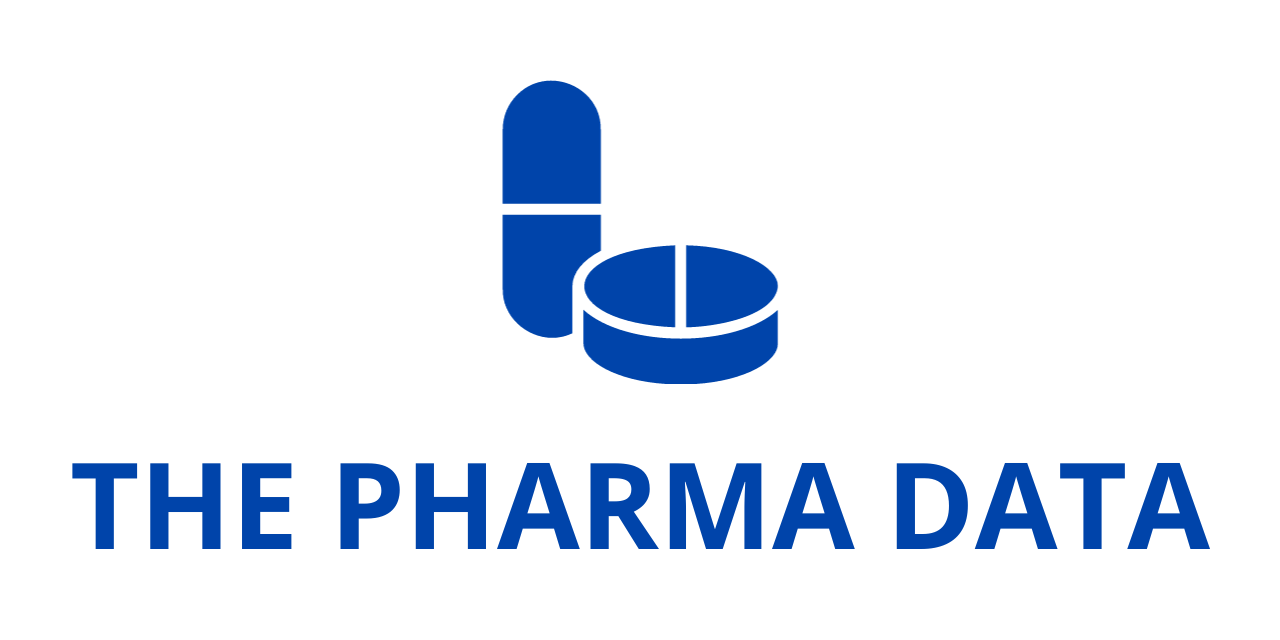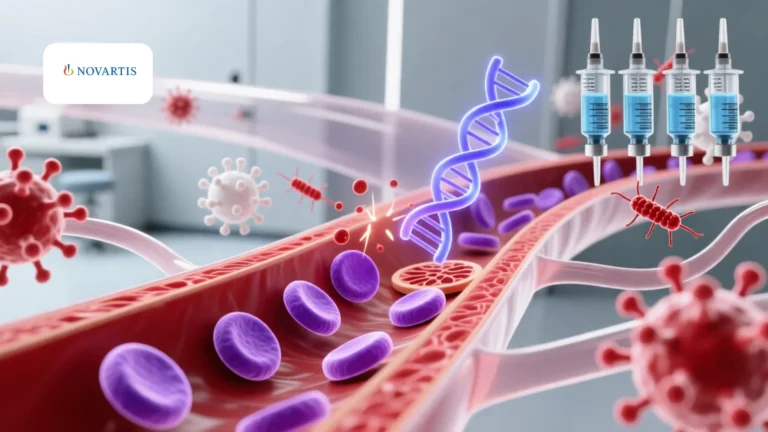
In Lisbon, Portugal, the World Health Organization (WHO) recently hosted an expert panel to reassess the Toxic Equivalency Factors (TEFs) for chlorinated dioxin-like compounds, initially established in 2005.
Background: Since the 1990s, WHO has consistently organized expert consultations aimed at standardizing TEFs for dioxins, dibenzofurans, and dioxin-like PCBs internationally, providing guidance to national regulatory bodies. TEF serves to gauge the toxicity of these compounds relative to 2,3,7,8-TCDD, the most toxic dioxin form. The last update to WHO TEFs occurred in 2005 through a similar expert consultation.
Following the 2005 consultation, a wealth of congener-specific data emerged on Relative Potency Estimates (REPs) and potential TEF selections. These data were integrated into an updated REP database, employing a Bayesian meta-regression approach to assess the necessity for TEF adjustments, following the methods recommended by the 2005 WHO consultation.
Selection of Experts: In May 2022, WHO issued an open call for experts to participate in the October 2022 consultation. Experts were chosen based on their qualifications and expertise in fields such as toxicology, pharmacology, epidemiology, and molecular biology, with a focus on dioxin-like compounds. Out of more than 30 interested experts, 20 were invited to the meeting from various regions.
Meeting Outcome: Consensus among the experts highlighted the need to reassess the 2005 WHO TEF values, as indicated by the updated REP database. The application of Bayesian methods enhanced confidence in the consultation’s outcome.
Unlike previous consultations relying on expert judgment, the present effort utilized an updated REP database, consensus-based weighting, Bayesian dose-response modeling, and meta-analysis to derive “Best-Estimate” TEFs. The new database doubled the datasets and included metadata informing the weighting scheme. The resulting “Best-Estimate” TEFs, not rounded to half-logs as before, were assigned for most congeners, except mono-ortho PCBs, due to limited and heterogeneous data. The application of these new TEFs indicates a potential halving of Total Toxic Equivalents (TEQs) compared to 2005 values.
The details of this consultation have been published in Regulatory Toxicology and Pharmacology in January 2024.
For further information, including the 2022 WHO TEF values, refer to Regulatory Toxicology and Pharmacology, Volume 146, January 2024, 105525.




